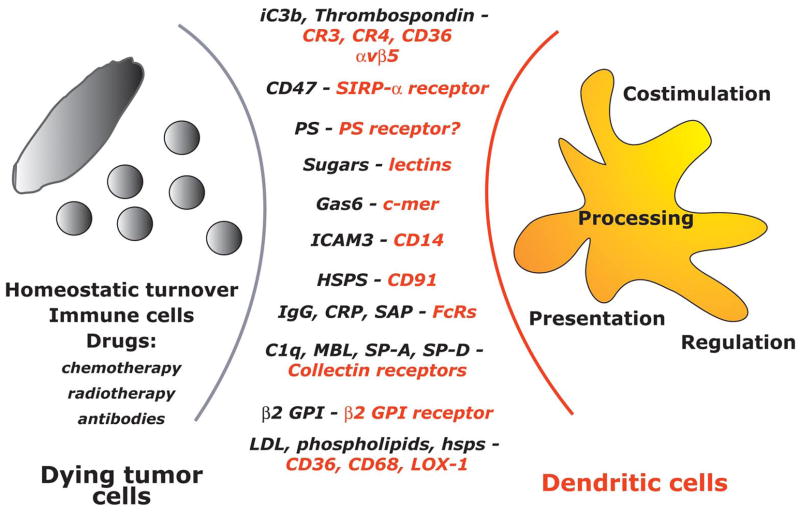Figure 2. Some phagocyte surface receptors and their putative ligands implicated in the recognition of dying cells.
Dying tumor cells, generated either as a result of tissue turnover or the anti-tumor activity of immune cells or therapy, express several ligands that can be recognized by DCs. Ligands expressed by dying cells can function as “eat me” (for example phosphatidylserine, PS) or “stay away” (do not eat me) signals (for example CD47). In turn, DCs express an armamentarium of receptors that are involved in the recognition and capture of dying tumor cells. This will ultimately lead to tumor antigen processing and presentation to T cells. Additional factors such as expression of costimulatory molecules by DCs and/or cytokines secreted by DCs may regulate the final outcome of antigen presentation and generation of immunity or tolerance.

